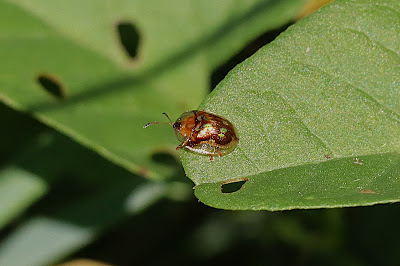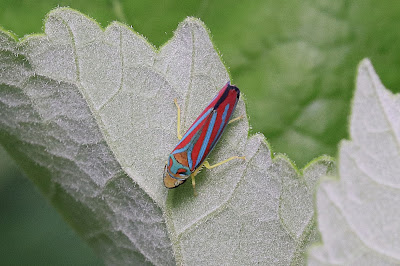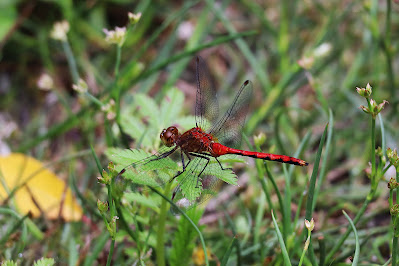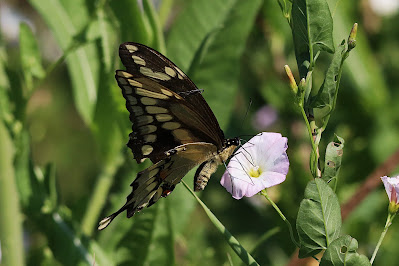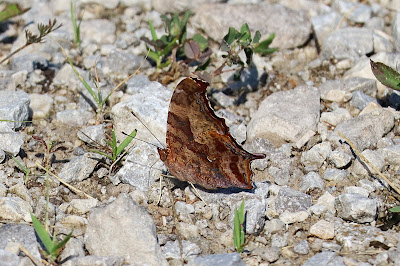Clear Creek Butterfly Count!
The Clear Creek Butterfly Count was held July 27th. It was a beautiful, but hot day. The first critters we found were a family of Bobolinks. They were perched on bushes and goldenrod in a meadow. Eventually all five flew away.
A few butterflies were found in the Bobolink meadow, but a Hackberry Emperor was on the gravel shoulder of the road. We later learned it was the first time this species had been spotted on the Clear Creek Count!
Newport Woods, Thames Talbot Trust property. This property is always good for finding several species. We counted 19 Monarchs, but I neglected to take photos of any of them.
Common Ringlet - the first I’ve seen in a few months. Probably a second generation for this summer.
Giant Swallowtail, enjoying Teasel nectar.
Tawny Emperor
Grey Comma; another first for the Clear Creek count!
Spicebush Swallowtail on clover along the side of the road.
Northern Broken-dash - one of only 2 skipper species that we found.
Summer Azure, blending in with gravel on the road!
Carrot Seed Moth, on Queen Anne's Lace, which is also known as Wild Carrot. If you rub the leaves, they smell like carrots!
Blue Dasher, performing a hand stand! On hot days, this position helps reduce the surface area where sunshine will touch the dragonfly.
Ebony Jewelwing
Halloween Pennant
In total, we found 21 species of butterflies! The highlight of our day was finding an American Snout, which was a lifer species for some of our group members. American Snouts have very long mouth parts which make it look like they have a huge nose. The species is the only Snout found in North America. Various Hackberry trees are the host plant for the species.
https://mdc.mo.gov/discover-nature/field-guide/american-snout



























